These locations represent Japan’s unique understanding that spiritual wellness emerges through deep connection with the natural world. Each site offers different pathways to transcendence – from the physical challenge and symbolic ascent of Mount Fuji to the meditative walking of ancient pilgrimage routes, from the mystical atmosphere of primordial forests to the harmony of sacred architecture set within natural beauty.
Spiritual Wellness in Japan
What makes these places particularly powerful for spiritual wellness is how they embody core Japanese concepts like mono no aware (the bittersweet awareness of impermanence), wa (harmony), and the Shinto belief that kami (divine spirits) inhabit natural places. Visiting these locations isn’t just sightseeing – it’s participating in practices that have nurtured human spiritual development for centuries.
The combination of natural beauty, cultural significance, and opportunities for contemplative practice makes each location a gateway to deeper self-understanding and connection with something greater than ourselves.
Spiritual Wellness Locations in Japan
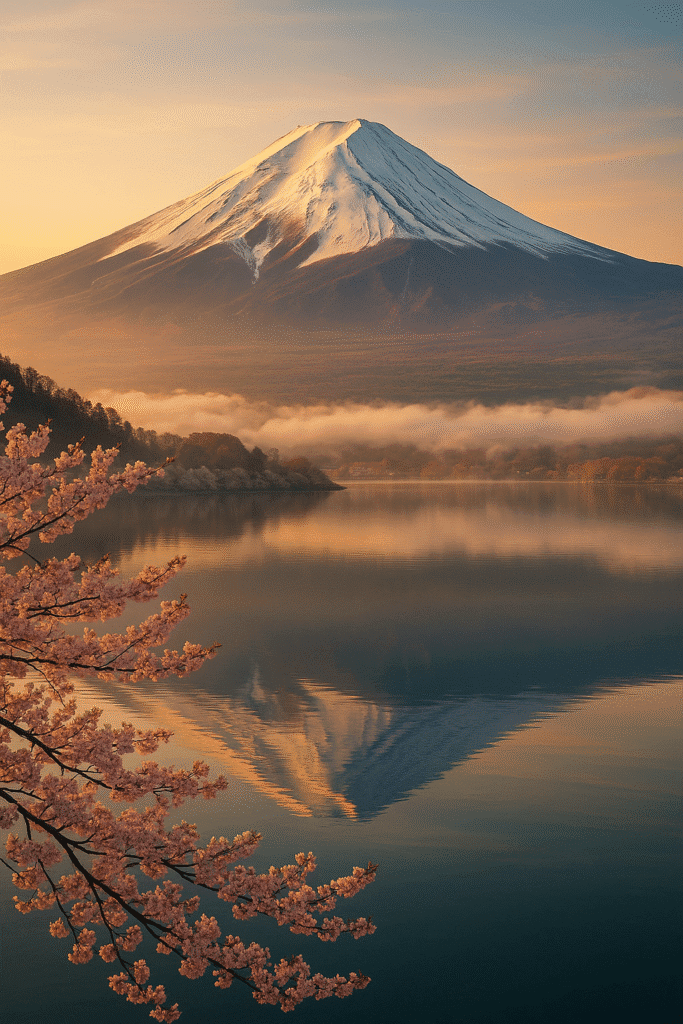
1. Mount Fuji (Fujisan) – Honshu
Japan’s most sacred mountain has been a pilgrimage site for over 1,000 years. The symmetrical volcanic peak represents spiritual perfection and the connection between earth and heaven. Climbing Fuji or simply viewing it from surrounding lakes and temples offers a profound sense of awe and humility before nature’s grandeur. The mountain’s changing appearance throughout seasons reminds visitors of life’s impermanence, a core Buddhist teaching.
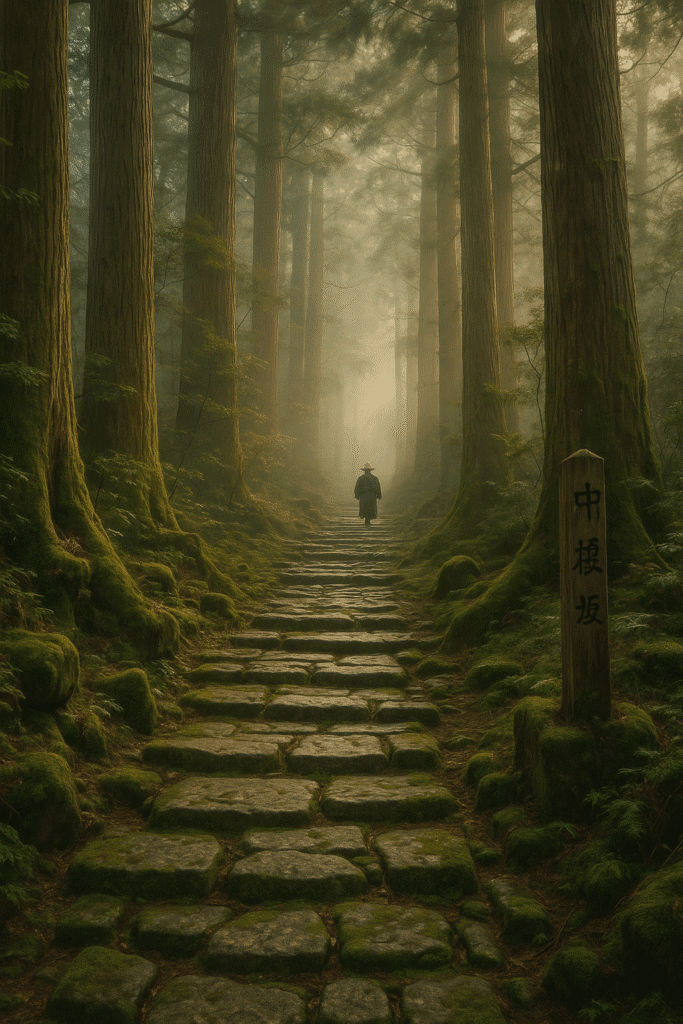
2. Kumano Kodo – Kii Peninsula
This network of ancient pilgrimage trails through misty mountains and sacred forests has been walked by spiritual seekers for over 1,000 years. The paths connect three major Shinto shrines and are designated as a UNESCO World Heritage site. Walking these trails through ancient cedar forests, past waterfalls and mountain villages, creates a meditative journey that strips away modern distractions and connects you deeply with Japan’s spiritual heritage.
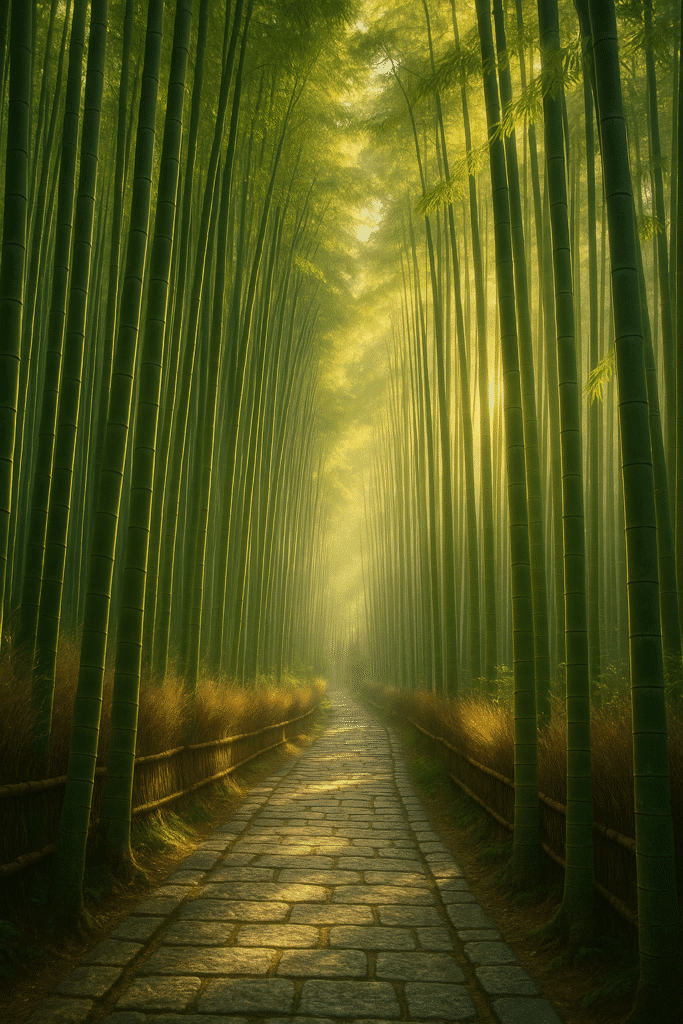
3. Arashiyama Bamboo Grove – Kyoto
The towering bamboo stalks create a natural cathedral where filtered sunlight dances and wind creates ethereal music through the leaves. This living temple offers a sense of being held within nature’s embrace. The gentle swaying and rustling sounds naturally induce a meditative state, while the vertical lines of bamboo draw the eye and spirit upward, symbolizing growth and resilience.
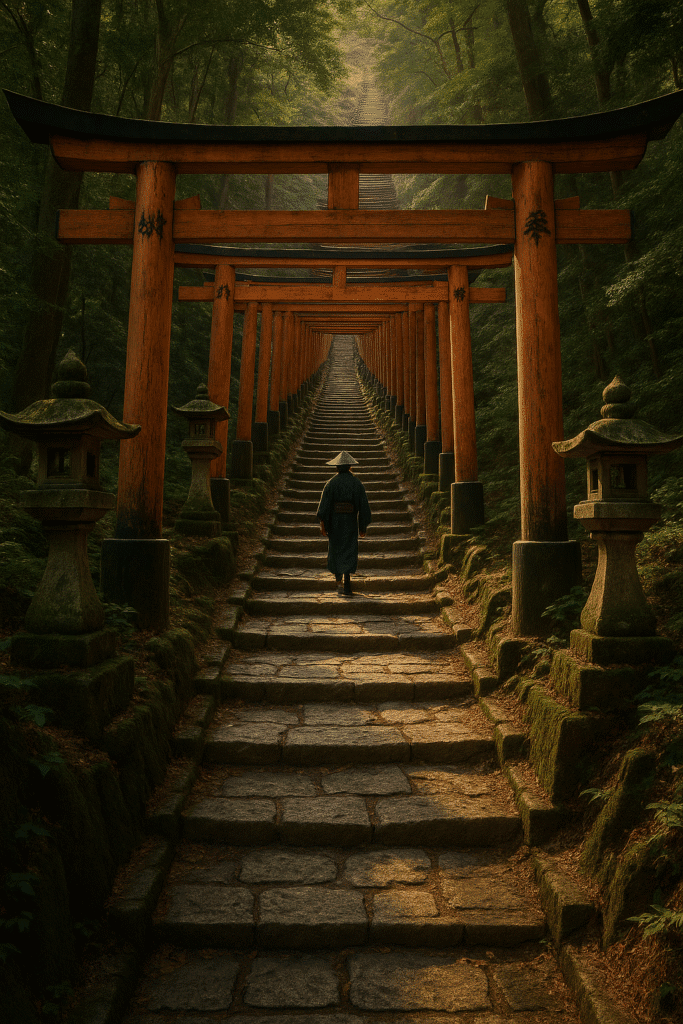
4. Fushimi Inari Shrine – Kyoto
Thousands of vermillion torii gates wind up the sacred Mount Inari, creating tunnels of spiritual energy. Each gate represents a prayer or offering, making the mountain a physical manifestation of collective human hope and devotion. The hike through these gates feels like a journey between worlds, with the repetitive patterns inducing a trance-like meditative state while connecting you to centuries of spiritual practice.
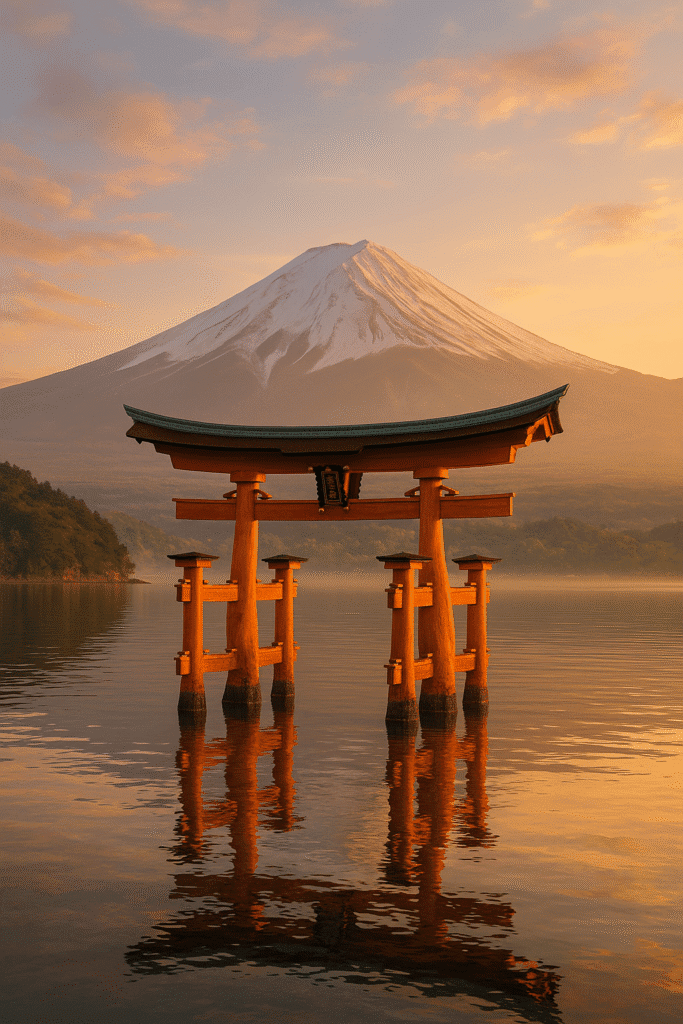
5. Itsukushima Shrine – Miyajima Island
The floating torii gate at high tide creates one of Japan’s most spiritually moving sights. This Shinto shrine honors the island itself as sacred, embodying the belief that nature and the divine are one. The interplay of sea, sky, and sacred architecture represents the harmony between human creation and natural forces. Watching sunrise or sunset here offers profound moments of transcendence.
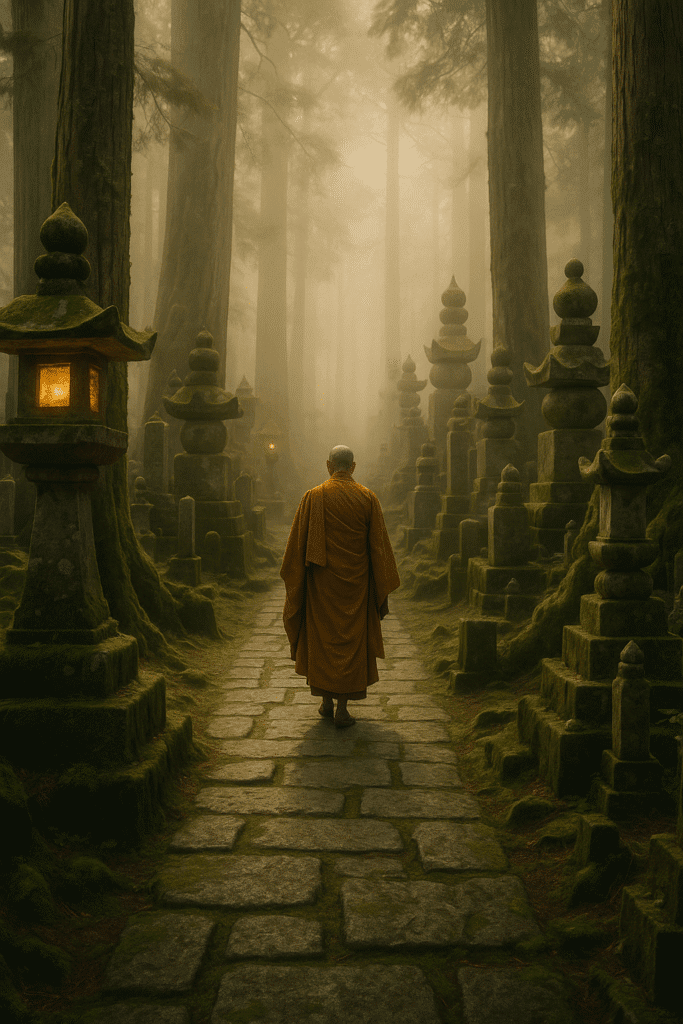
6. Koyasan (Mount Koya) – Wakayama
This mountaintop Buddhist monastery complex, founded in 816 CE, remains a living center of Shingon Buddhism. The mist-shrouded mountains, ancient temples, and 200,000-grave Okunoin cemetery create an atmosphere of deep contemplation. Staying overnight in temple lodgings, participating in morning prayers, and walking among the sacred crypts offers intimate connection with Buddhist teachings about impermanence and enlightenment.
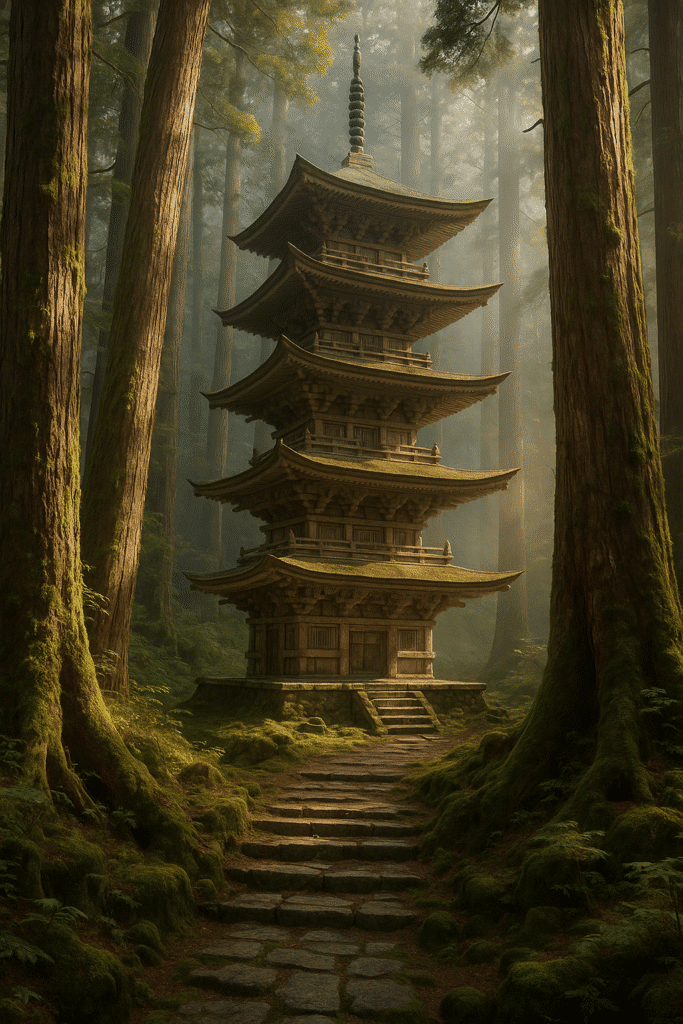
7. Dewa Sanzan – Yamagata Prefecture
These three sacred mountains represent birth, death, and rebirth in Shugendo mountain worship. The journey between Haguro-san, Gassan, and Yudono-san takes pilgrims through diverse landscapes from ancient cedar forests to alpine meadows to hot springs. Each mountain offers different spiritual lessons, making the complete pilgrimage a transformative journey through life’s spiritual cycles.
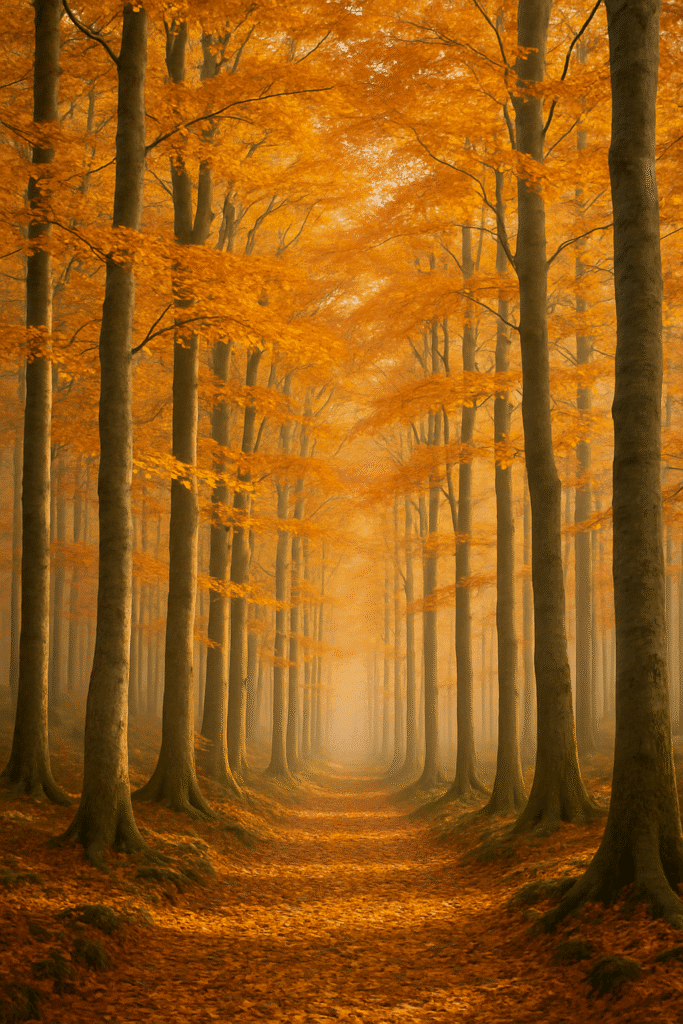
8. Shirakami-Sanchi – Aomori/Akita Border
This UNESCO World Heritage beech forest represents Japan’s last pristine temperate forest. The ancient trees, some over 400 years old, create a primordial atmosphere that connects visitors to nature’s original wisdom. The forest’s seasonal transformations from spring’s fresh green to autumn’s golden canopy teach about natural cycles and renewal. The pristine ecosystem demonstrates the spiritual principle of interconnectedness.

9. Yakushima Island – Kagoshima
This mystical island, which inspired Studio Ghibli’s “Princess Mononoke,” contains some of Japan’s oldest living trees, including 7,000-year-old Jomon Sugi. The moss-covered ancient forest creates an otherworldly atmosphere where the boundary between myth and reality dissolves. The island’s untouched nature and endemic species demonstrate the sacred power of preservation and respect for ancient wisdom.
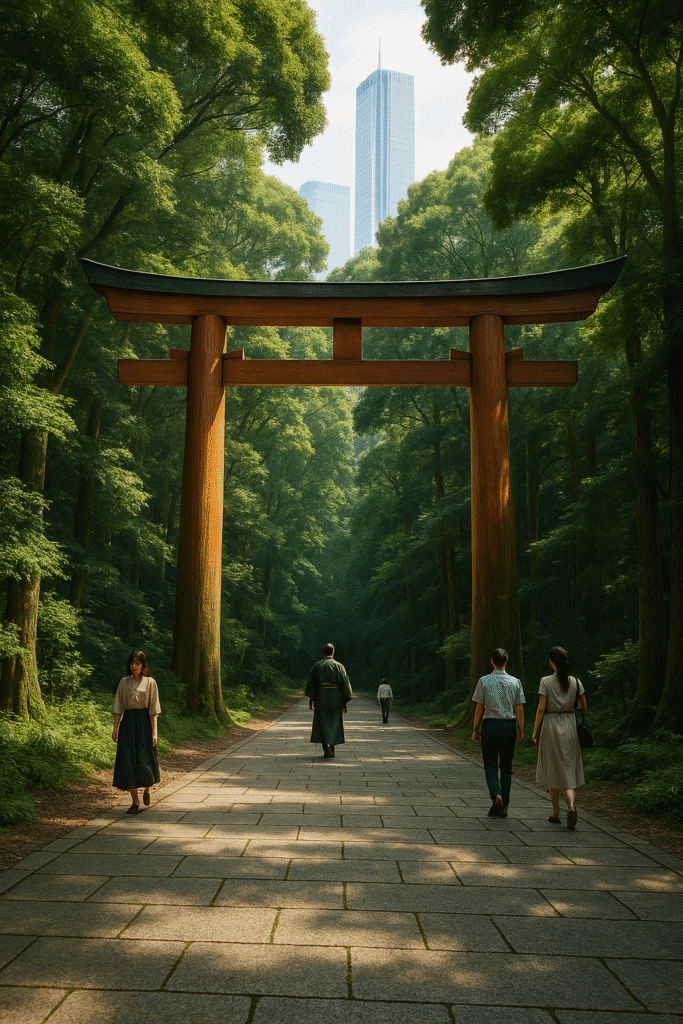
10. Meiji Jingu Forest – Tokyo
This man-made forest surrounding Tokyo’s Meiji Shrine demonstrates how spiritual intention can transform urban space. Created from donated trees planted with prayers from across Japan, the forest has become a living sanctuary in the world’s largest city. The transformation from bustling urban streets to serene forest in just steps shows how sacred space can exist anywhere when created with reverence and maintained with care.
Each location offers unique pathways to spiritual wellness through Japan’s profound understanding that the natural world and sacred realm are inseparably connected. Whether seeking solitude, community worship, physical challenge, or quiet contemplation, these places provide authentic encounters with the divine through nature.



